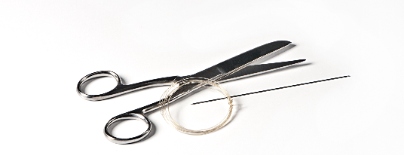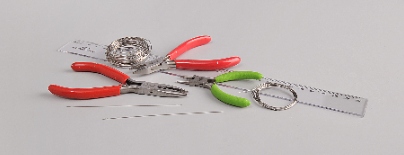Preciosa Ornela is celebrating spring with the Czech two-hole PRECIOSA Twin™ seed bead. PRECIOSA Twin™, the unique oval two-hole seed bead, has become the basic creative material for the creation of a spring-Easter decorative collection which has been supplemented with seed beads and beads from the standard range of the PRECIOSA Traditional Czech Beads brand. We introduce the manual for simple Easter egg stands, animals or flowers.
She is able to switch from luxurious and extravagant fashion show pieces to the preparation of hobby projects,
Learn MoreEgg stands
A thin stringing needle, a thin line, scissors

The hen, The hare, The flowers
A thin stringing needle, a thin line, scissors, snipping, flat-nosed and needle-nosed pliers, 50 mm eye needles (2x) a 0.35 mm binding wire and a 0.50 mm silver wire, a ruler

Share this project with your friends
This website is using cookies
To improve our services and provide information that suits your interest, we use the advanced website traffic analytics tools. However, we need your consent. More information about how we process and protect your data can be found in the privacy statement. We ask you for approval of the terms.